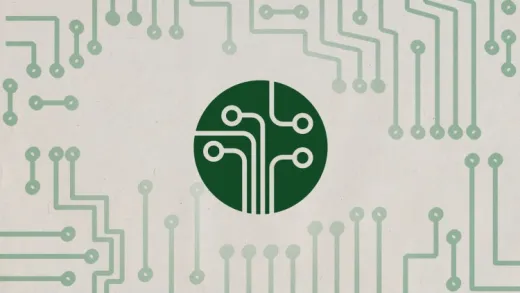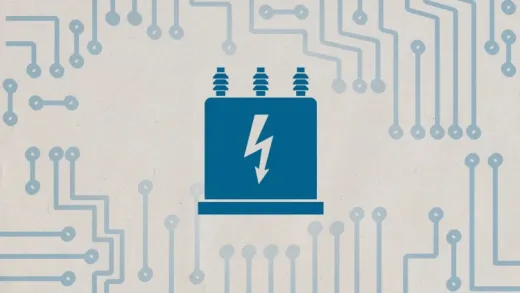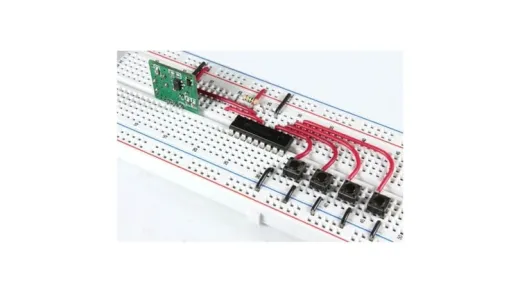Brief Summary
In this course, you’ll dive into the fun world of protoboards! You’ll learn how to set up temporary circuits from schematics without any soldering. It’s all about experimenting, testing, and getting your hands dirty with electronics!
Key Points
-
Protoboards allow for quick and easy setup of temporary electronic circuits.
-
No soldering is required, so components can be rearranged as needed.
-
Students will learn to use electronic schematics to build circuits.
-
Courses include PowerPoint presentations, diagrams, and instructional videos.
-
Testing of circuits is simplified with easy access to all components.
Learning Outcomes
-
Understand how to use protoboards for circuit design.
-
Learn to read and implement electronic schematics.
-
Gain skills in testing and verifying circuit operations.
-
Get comfortable with rearranging components on-the-go.
-
Familiarize yourself with basic electronic components like resistors and capacitors.
About This Course
Learn how to correctly use protoboards to go from an electronic schematic diagram to a working prototype of a circuit..
Solderless breadboards, also known as protoboards are used to make a temporary electronic circuit, or a prototype of a proposed circuit. They are also often used for electronics students to set up various circuits that they are taught in electronics engineering college programs.
Seting Up and Using Protoboards or Solderless Breadboards
In order to test an electronic circuit design, or to build a prototype of a desired design, protoboards are very useful because they allow the user to set up a temporary circuit that does not require any printed circuit boards or soldering of any components. Components can easily be reconfigured or rearranged until the circuit becomes what is desired.
These are some of the advantages and benefits of protoboards:
They require no soldering or permanent connection of any components.
They can be rearranged or reconfigured quickly and easily.
They allow easy access to all components in the design, for testing.
Test equipment (multimeters, oscilloscopes, signal generators) can easily be attached to the circuit for initial testing and verification of circuit characteristics.
Circuits can be disassembled in a very short time.
This course covers all of the details necessary for the user to understand the mechanics of protoboards, there use, how to set up power and ground and how start with a schematic and the indicated electronic components (resistors, capacitors, transistors, etc.) and properly recreate that exact circuit on a protoboard.
The primary teaching tools for this course is an instructor led PowerPoint presentation that uses diagrams, photos and short instructional videos, so that the student can follow along with the instructor to develop the knowledge and skills required to properly and effectively use protoboards in the design and testing of electronic designs and projects.
Typically, engineers, students and hobbyists use solderless breadboards (also called protoboards) to assemble and connect proposed electronic circuits, and test their operation with this temporary setup, before proceeding to a permanent circuit on a printed circuit board or other more permanent media.
Using an electronic schematic, a diagram of how to connect electronic components to perform a specific task, students will learn how to correctly place electronic components on a protoboard, also known as a solderless breadboard, so that the circuit operation can be observed and tested.









Ron C.
def one of the things I was looking for.